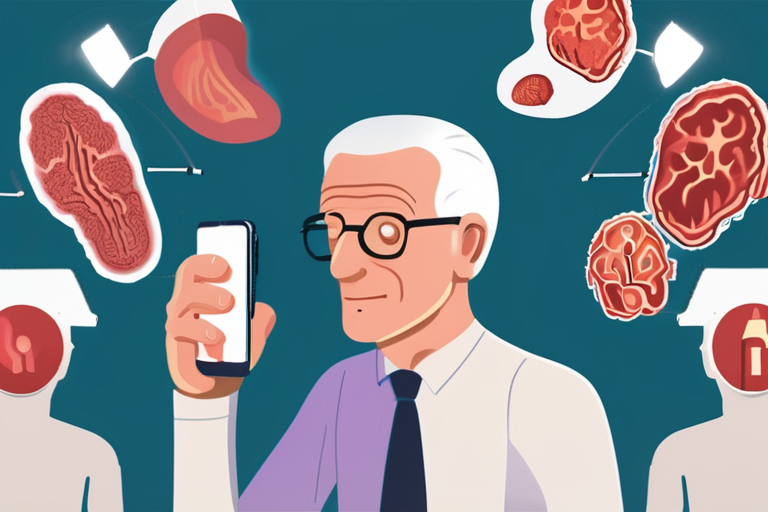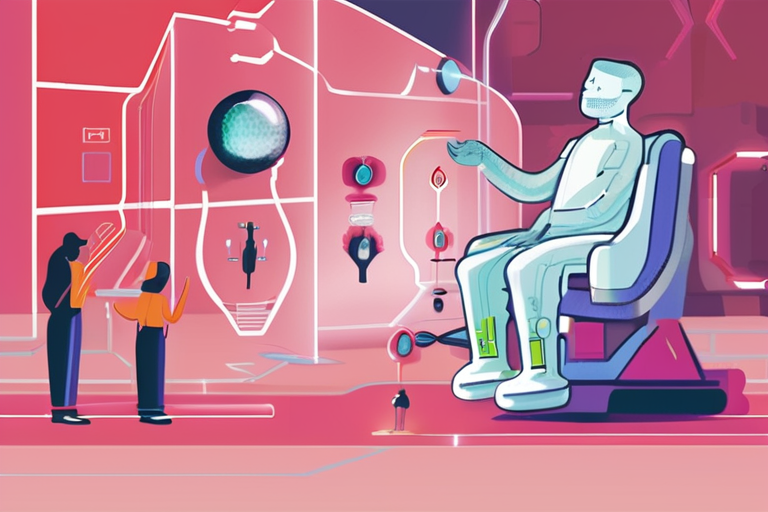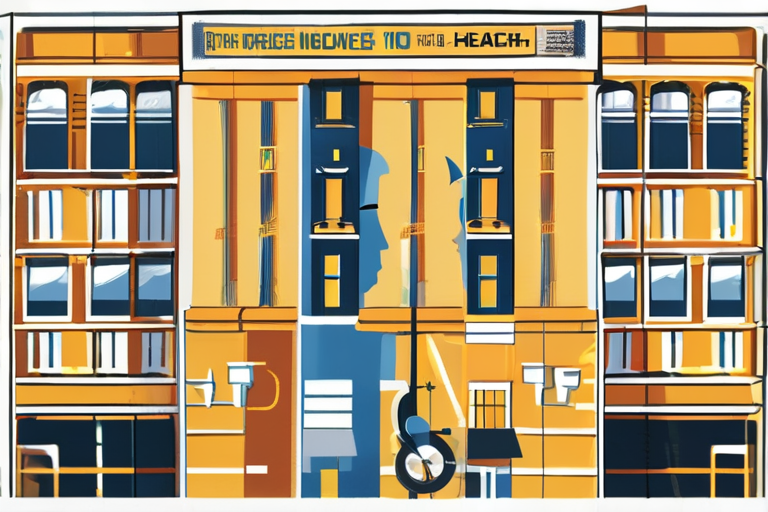Happiness Curve Shifts: New Research Challenges Traditional U-Shaped Theory


Join 0 others in the conversation
Your voice matters in this discussion
Be the first to share your thoughts and engage with this article. Your perspective matters!
Discover articles from our community

 Hoppi
Hoppi

 Hoppi
Hoppi

 Hoppi
Hoppi

 Hoppi
Hoppi

 Hoppi
Hoppi

 Hoppi
Hoppi

Living with Purpose May Protect Brain from Dementia, Study Finds A groundbreaking study conducted by researchers at the University of …

Hoppi

Breaking News: Unlocking the Secret to Living Beyond 100 In a groundbreaking study, researchers have identified key factors contributing to …

Hoppi

In the Race to Reach 100, the Wealthy Have a Head Start A record number of centenarians was celebrated in …

Hoppi

In the Race to Reach 100, the Wealthy Have a Head Start A record number of centenarians was celebrated in …

Hoppi

The Secret to a Longer Life: Uncovering the Mental 'Fountain of Youth' Imagine being able to turn back the clock …

Hoppi

The Longevity Gap: How Companies Can Bridge the Divide to Stay Ahead A recent trend in corporate America has seen …

Hoppi